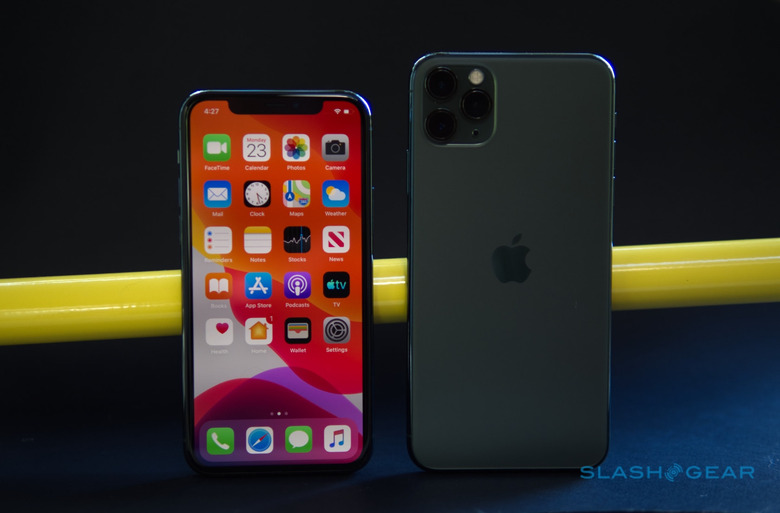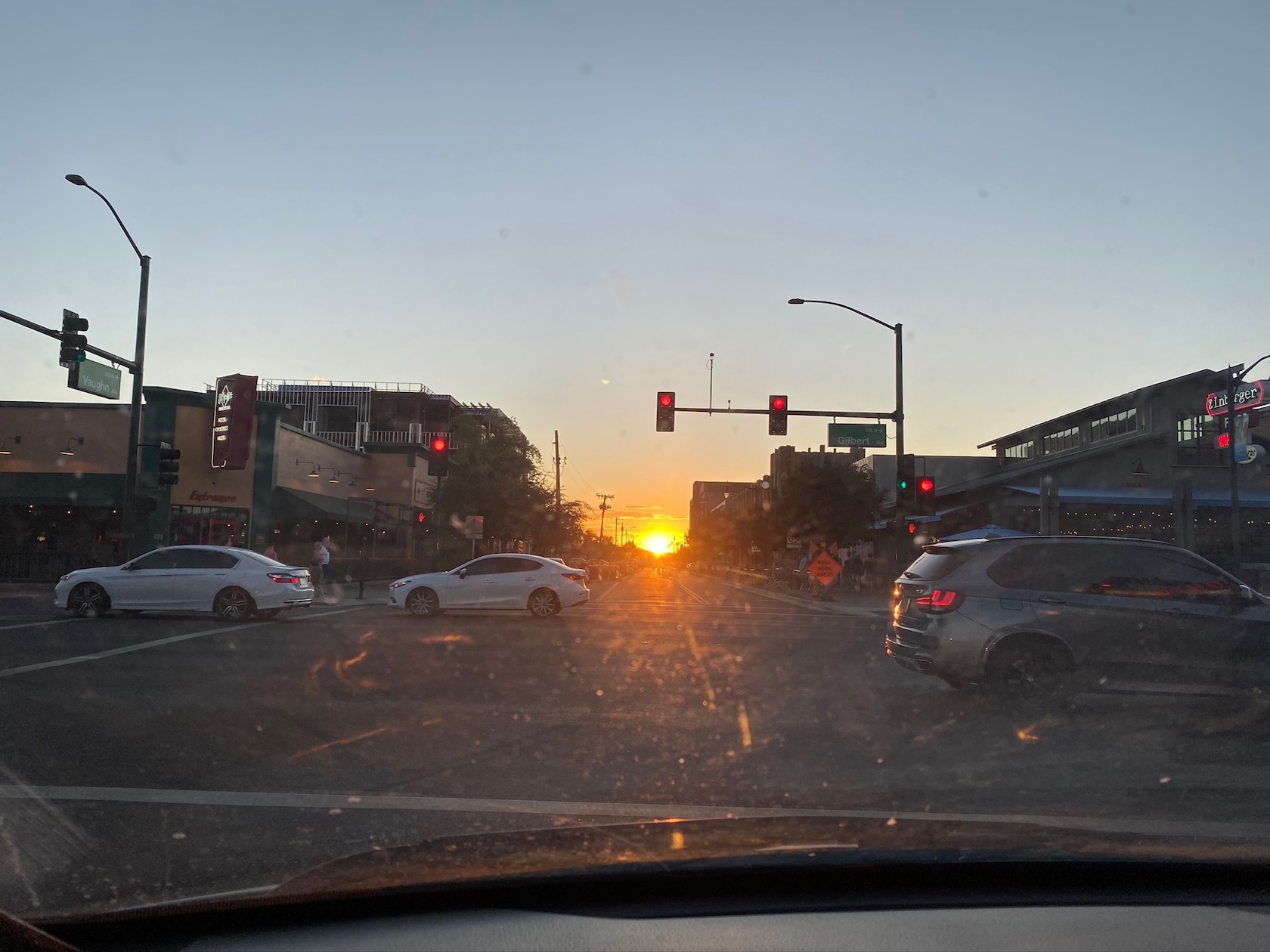iPhone 11 Pro Review: The "Should I Upgrade?" Question
- Incredibly well-performing, flexible cameras
- Powerful and fast
- Excellent battery life
- New frosted finish looks and feels great
- Life at the cutting-edge is expensive
- No OIS or Night Mode on the ultra wide camera
- Love-it-or-hate-it design
Tell someone you write about tech, and the question you're almost guaranteed to get is "should I buy the new iPhone?" With the iPhone 11 Pro and the iPhone 11 Pro Max freshly on the scene, that's a question a whole lot of people – whether considering their first smartphone, weighing an upgrade, or even thinking about jumping ship from another platform like Android – are now mulling over.
There's a short answer and a long answer, and neither will satisfy everyone. Try to dig into what someone uses their phone for, or would like to, and eventually you can see them losing interest and rolling their eyes in frustration.
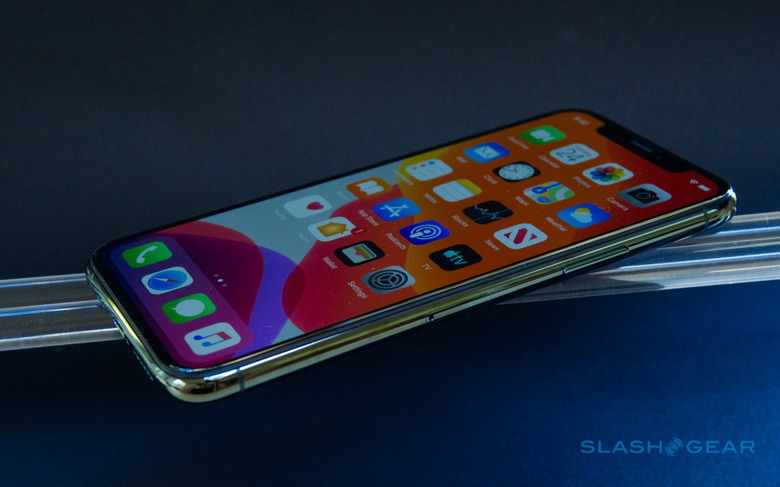
Give the simplest answer – "if you can afford it, and you want it, sure, yes" – however, and that seldom goes down well either. With the iPhone 11 Pro starting at $999, and the iPhone 11 Pro Max a hundred dollars more on top, I can't criticize anybody from wanting to be sure before they put the cost of a new laptop on their credit card. Still, it's tough to find that balance between too much digging and seeming blasé that uncertain shoppers are suspicious of.
So, at the risk of spoiling the ending, here's what you should know. The iPhone 11 Pro improves on its predecessors cameras – both in quality and flexibility – plus it's faster, it has the best battery life from an iPhone I can remember, and unless you're using an iPhone XS or iPhone XS Max I think you'll appreciate the changes sufficiently to make an upgrade worthwhile. Don't buy them if doing so will send you spiraling into debt. And don't expect perfection because, even with 2019's improvements, Apple's new iPhones aren't perfect.
iPhone 11 Pro Design
Design is subjective but – just as with the iPhone XS Max or the Rose Gold iPhone XS – even if you don't like the aesthetic of the iPhone 11, at least people will know on sight that you don't have last year's model. The frosted rear glass – a new Corning formulation that will eventually trickle down to other smartphones, but for now is an Apple exclusive – avoids fingerprints but feels far more readily gripped, that extra texture helping even the larger iPhone 11 Pro Max feel more manageable in your hand.
Each of 2019's iPhones are slightly thicker and slightly heavier than their predecessors, but even side-by-side you may not notice. Many, of course, will sensibly opt to slot their expensive new phones into a case, and this time around Apple is offering its own clear plastic cases, in which case the dimension changes are even less important.
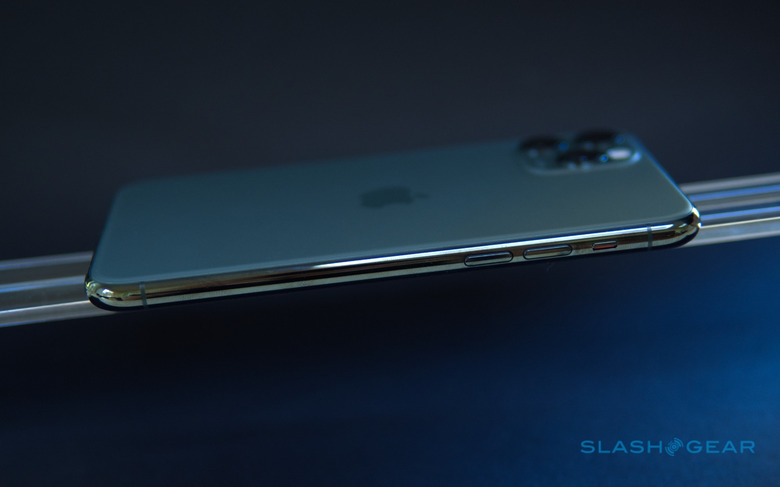
That clear plastic means you can see what could be the most controversial Apple finish in years, Midnight Green. Joining Silver, Rose Gold, and Space Gray, it's a subtle tone, not quite sage nor a military green either. In some lighting, and at some angles, it looks more gray; photos in particular often struggle to capture how it really appears to the naked eye. I love it, if only because it's not at all what I'd expect Apple to offer.
Unfortunately that surprise doesn't extend to the ports. The headphone jack is still absent, which I'm at peace with these days because Bluetooth headphones – whether Apple's own AirPods or something else – are so good. I do wish Apple had used this new "Pro" branding to make the switch to USB-C from Lightning, however. There is, at least, a USB-C to Lightning cable in the box now, and a faster 18W charger.
iPhone 11 Pro Display and Performance
Instead, the "Pro" makes itself known through the display and the chipset. The iPhone 11 Pro sticks with 5.8-inches of 2436 x 1242 resolution OLED; the iPhone 11 Pro Max gets 6.5-inches and 2688 x 1242 resolution. Apple now brands its iPhone panels Super Retina XDR Display, a nod to its upcoming Pro Display XDR, arguing the similarities in quality justify the new nomenclature.

The reality is that a phone's display has a much tougher time of it than a desktop display: the range of conditions it's expected to be visible in is far more varied, plus it faces power constraints a permanently plugged-in monitor does not. So, the fact that the iPhone 11 Pro screen can go to 800 nits of brightness versus the iPhone XS' 625 nits, and hit peaks of 1,200 nits in mixed images, means outdoor visibility is much improved.
True Tone still does its magic warmth-adjustments to better match the ambient lighting, but I found it skews cooler than the iPhone XS display. More annoying is the absence of 3D Touch, Apple's pressure-sensitive screen technology. I used it a lot to triage notifications from the lock screen, among other things, but it seems I was in the minority; Apple has retired it in favor of the simpler time-based Haptic Touch. Maybe my fingers just need to retrain their muscle memory, but that slight pause as I wait for Haptic Touch to trigger feels like it's slowing me down.

Something that's absolutely not slow is the new Apple A13 Bionic chipset. Obviously it's faster than last year's processor, but I think what's more important is how efficient it can be. If you think of the architecture of the chip as a city, Apple is able to control the power to individual buildings or even rooms, rather than turning on the electricity to your whole block just because you need to find the bathroom at 2am.
iPhone 11 Pro Battery
It's that super-efficiency, along with accommodating a slightly bigger battery courtesy of the thicker case and omitting features like 3D Touch, which add up to incredible battery life from the iPhone 11 Pro. How we all use our smartphones may be different, but one thing seems pretty certain: a mid-evening top-up can often be required, and sometimes one even before that.
Not so with the iPhone 11 Pro. Apple quotes as much as four hours more battery life versus the iPhone XS, while the iPhone 11 Pro Max could get as much as five hours more than the iPhone XS Max before it. Wireless charging is included – though, despite the pre-launch rumors, no reverse wireless charging for your AirPods case, and it's still only 7.5W despite more potent pads being widely available – while thanks to the beefier AC adapter in the box a wired charge is quicker, too.
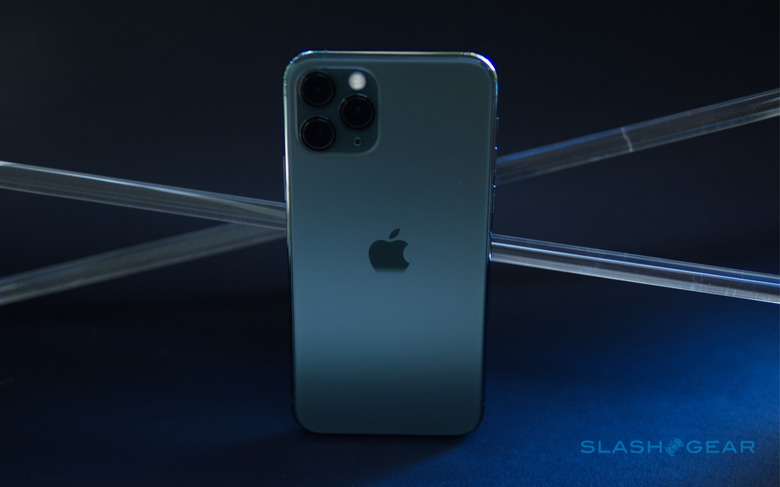
With no change in how I've been using the iPhone 11 Pro Max compared to the iPhone XS Max, I'm typically getting about three hours more use. Last year's phone couldn't last until bedtime without some time on the charger in the evening, but this year's certainly can. I'd still need to seriously curtail how I use my phone if I wanted to go plug-free for an overnight trip, mind.
For years now, smartphone-makers have been telling us that it's consumer preference that has led to thinner phones and thus curtailed batteries. A bigger pack isn't solely the reason for the iPhone 11 Pro's longer runtimes, but I'm hoping other manufacturers see the positive reaction Apple's decision is provoking and follow suit with their own devices.
iPhone 11 Pro Cameras
Battery life is one big reason to upgrade to the iPhone 11 Pro. Its photographic talents are the second. That distinctive cluster of lenses adds an ultra wide option to the existing wide and 2x telephoto cameras.
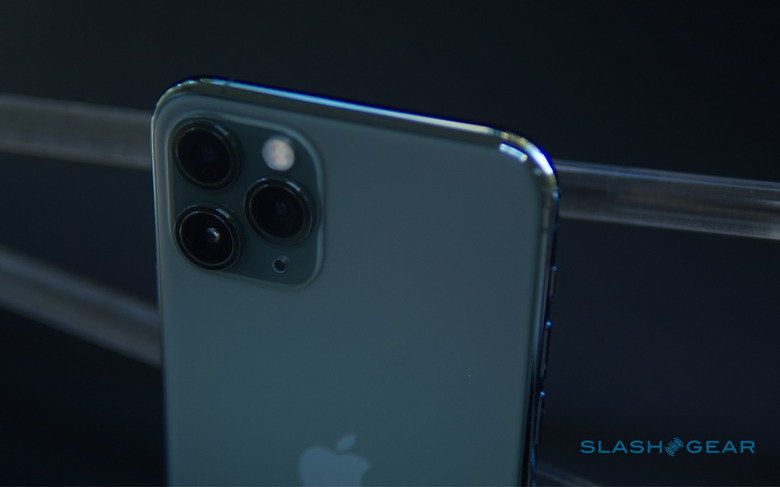
Apple clearly isn't the first phone-maker to have an ultra wide camera. Others have longer telephoto zooms, too. What I like about the iPhone 11 Pro's system, though, is how cohesive it all feels.
Zoom in and out on the new iPhone, and there's none of the horizon jumping or reframing that some rivals suffer as they switch between their lenses. For the most part, the functional capabilities are identical between all three, too. 12-megapixel stills or up to 4K 60fps video, with options for 24/30fps video.
The front camera has stepped up its resolution, too, now at 12-megapixels and able to automatically switch between a regular and slightly-wider aspect when you rotate the iPhone from portrait to landscape. It'll do slow-motion video for the first time as well, which Apple refers to as "slofies." They do so with a knowing smile that says they're aware it sounds ridiculous, but at the same time you get the impression that they'd still really, really like you to use the name.
Apple has revamped the camera app, with a new "0.5" zoom button to trigger the ultra wide sensor. There's a slight fish-eye effect that's most noticeable at the corners, but which I personally feel adds more character than it takes away; you can either tap the other buttons, or swipe to bring up a zoom wheel, to move closer into the frame. Pressing and holding the shutter button in camera mode automatically captures video – though only at 1080p, not 4K – while swiping it to the side grabs a burst of stills.
You can swipe up from the control bar to get to the flash, Live Photo, aspect, timer, and filter controls, as well as tap the preview to set the focus and adjust exposure. However the most interesting new mode chooses itself when to make its appearance.
Night Mode turns on automatically in low-light conditions, rather than requiring that you switch to a separate mode. You can't turn it on manually, though you can override things and either switch it off or adjust the length of the exposure. Even then, though, iOS still decides just how long a shot can be allowed before things like hand-shake begin to impair quality. Sometimes I could stretch a handheld Night Mode image to as much as 4-5 seconds; other times, iOS limited me to just 1 second.

There's a way to crank it up to 30 seconds in total, however, and that's the automatically-activated tripod mode. Clamp the iPhone 11 Pro in place (or just prop it up somewhere stable, like against a bottle on a table) and iOS uses the accelerometer and other sensors to realize hand-shake isn't going to be an issue. As a result it can really stretch the exposure for some incredible low-light scenes.
If the past few weeks have taught me anything, it's that people have very different tastes when it comes to Night Mode-style photos. Some people – and some phone cameras – prefer to make nighttime look as much like day as possible. Others are more subtle, aiming more to get a usable picture from something that would ordinarily be nothing but murk and gloom.
The iPhone 11 Pro falls more toward the latter end of that scale. Yes, the scene is brighter, but it's not a universal boost-and-flatten. There's a nice contrast range, typically, and everything looks real in a way that Google's Night Sight on the Pixel 3 sometimes over-processes its way well beyond. You can still tell it's nighttime with the iPhone's shots, it's just a clearer version of that.
Regardless of phone, I do find myself sometimes wishing there was more granular control over how low-light images are processed. Sometimes I wanted a photo in-between the regular and Night Mode versions, and there's no particularly easy way to achieve that. I also wish Night Mode was supported on the new ultra wide camera, which also lacks optical image stabilization.
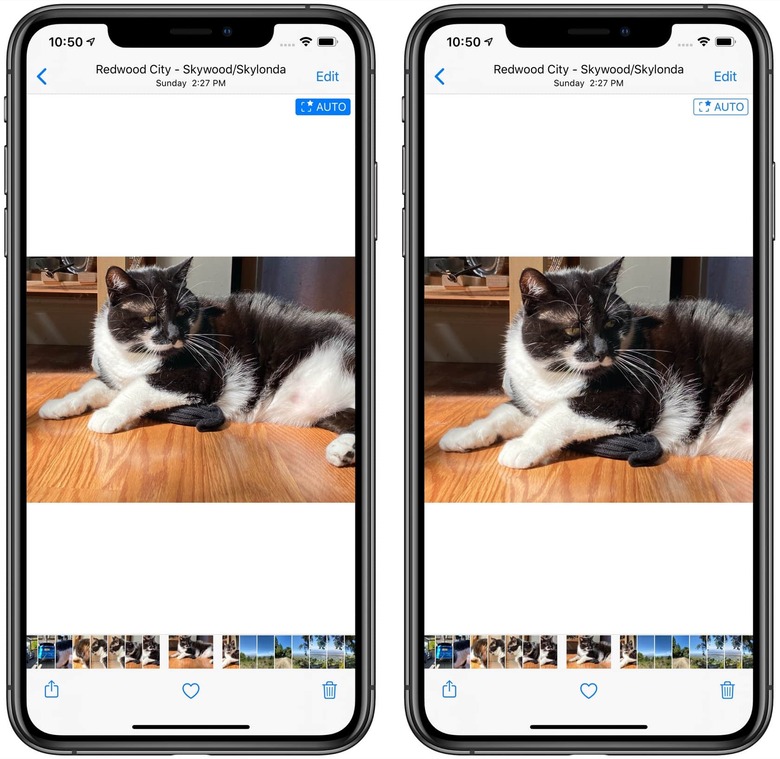
The other big change you'll come across is part of iOS 13, with the gallery app doing its best to coax out the best possible images for you – even if you've already captured them. For a start the iPhone 11 Pro can automatically capture a frame from the next-widest camera for each shot you take – use the telephoto and it'll also save a wide image; use the wide and it'll save an ultra wide – and offer you the chance to switch to that, or at least zoom out a little, after the fact. The secondary data is deleted after 30 days, so as not to chew through all your storage.
More useful still, iOS 13 can automatically do some edits and tweaks for you. If it spots you've chopped off a foot, for example, it can reframe the image if the data is there to include it. Wonky horizons can be corrected, too, but all the changes are reversible if you don't agree. It's a good example of how great photography doesn't start and end with a camera sensor, but how every stage of the pipeline is important to the end result.
iPhone 11 Pro 5G - and the rest
I could write another several thousand words on the iPhone 11 Pro, and still probably miss out something that is meaningful to your experience with a smartphone. Some of what Apple has done, or added, feels either preparatory or precautionary. The waterproofing, for example, now extends to depths of 13 feet of water and up to half an hour submerged. There's WiFi 6 support, even if routers that support the new standard are incredibly rare right now.
Apple's "spatial audio" system can handle Dolby Digital 5.1 and Dolby Atmos, even if the surround effect is only minor given it only has stereo speakers to work with. Face ID has been refined and is a little quicker than before.

Then there are things like the U1 chip, another custom slice of silicon that will – when enabled with software – allow for directionality in wireless. With two devices packing the new ultra wideband chip, for example, you'll be able to point one at the other and AirDrop will know which one you want to send a file to. It'll also be able to more accurately calculate distances between U1-equipped devices, something Apple could potentially use for tracking tags. Of course, both devices will need a U1, which is going to limit its usefulness initially.
Deep Fusion, too, is another upgrade in the pipeline. It'll tap into the A13 Bionic's Neural Engine, combining nine images in total – four normal, one long exposure, and four secondary images – captured in the time it takes you to tap the button. Deep Fusion sifts through the shots, analyzes all the pixels, and builds a single, final image with more detail, less noise, and broader dynamic range than regular HDR alone could. That, at least, is the theory; we'll have to wait until later in the year for Apple to enable it.
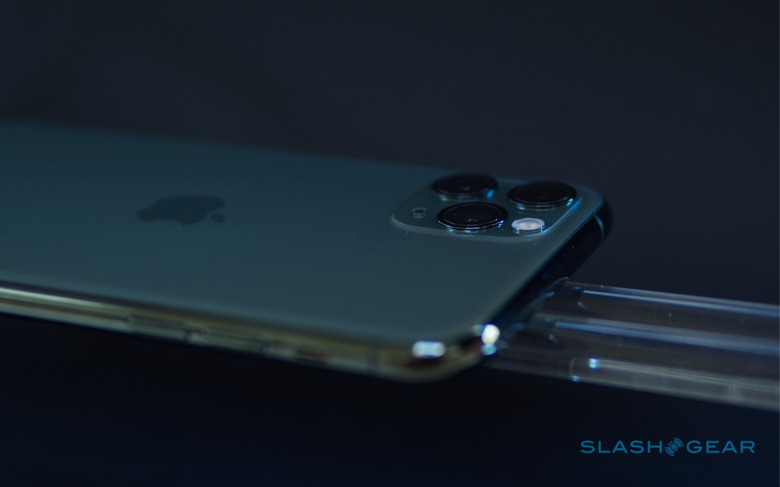
What can't be enabled by software is 5G. Epic poems could be written about the saga of Apple, Intel, Qualcomm, and their collective legal sparring around wireless technologies that lasted years and undoubtedly put dozens of attorneys into expensive German automobiles. Those poems should absolutely not be read.
The only takeaways you really need are that, no, the iPhone 11 Pro doesn't support 5G, and that for the next 12-18 months at least – and probably, for most in the US, longer after that – you're not going to be too frustrated by that. Even with ambitious carrier roadmaps, 5G coverage is going to be the exception not the rule for some time. I suspect what you'll appreciate more is the iPhone 11 Pro's upgraded gigabit LTE support, which has proved to be consistently fast in my testing.
iPhone 11 Pro Verdict
Life is expensive at the cutting edge. $999 for the iPhone 11 Pro and $1,099 for the iPhone 11 Pro Max, but of course you probably want more than 64GB of storage so figure on $1,149 or $1,249 respectively for the 256GB versions. Like I said at the start, Apple's newest flagships are great phones, but you shouldn't dive head-first into unmanageable debt to acquire them.
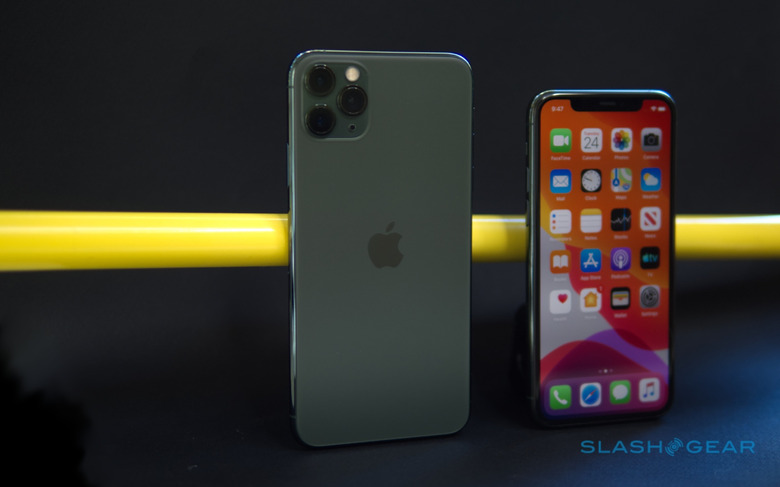
Indeed, for most people the iPhone 11 is more than enough phone. Same processor, a decent-sized screen, and a $699 starting price. Sure, you sacrifice the ultra wide camera, but maybe taking a few steps back is worth several hundred dollars in your pocket. Or, you could stick with your current iPhone, install iOS 13.1 – skipping the bug-fest that is iOS 13 – and see whether its new features take the edge off your urge to upgrade.
Don't get me wrong, the iPhone 11 Pro and iPhone 11 Pro Max are a welcome step forward. They're the only way to get ultra wide on an iPhone, and the only way to get Night Mode. As we see more machine learning-based apps and services – like Deep Fusion – arrive, the potency of the A13 Bionic will increasingly demonstrate its worth. And Apple's improvements in battery life and wireless performance tackle areas of the smartphone experience that may not be sexy but are definitely important.

They're the best iPhones so far, unsurprisingly. They're also the most cohesive: Apple's features give context to the hardware changes, like the talents of its custom chipsets, in a way that tells a story rather than just looks impressive on a spec sheet. Those who take photography seriously, or who have serious demands from their phone's battery, should be first in line.

